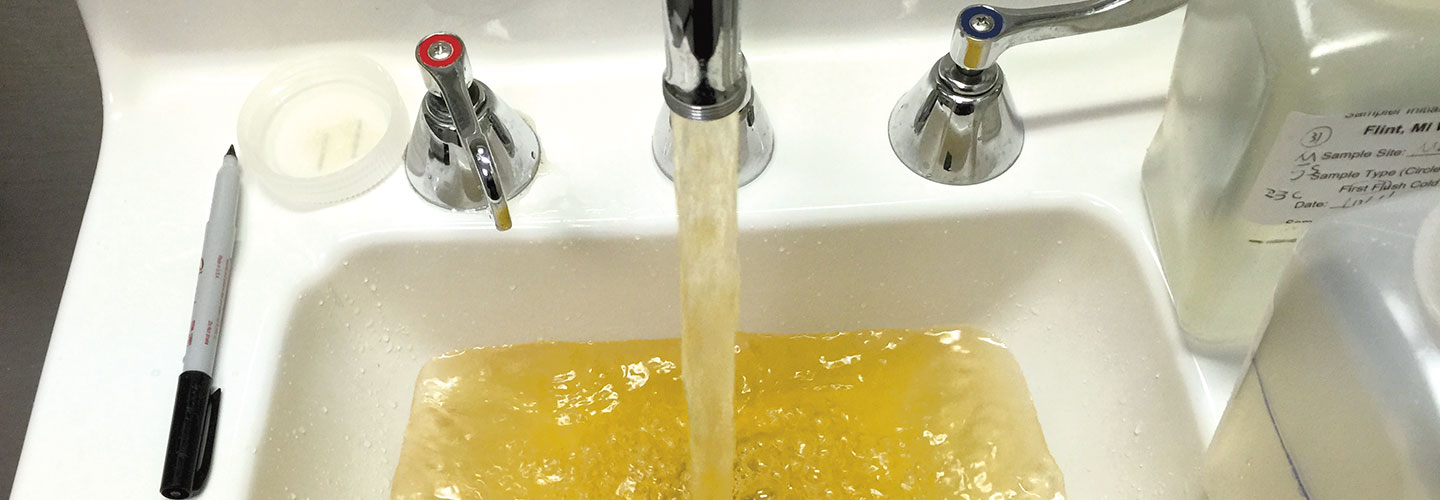Four years ago, the city of Flint, Michigan, switched water sources for its 100,000 residents in an effort to save money. But local officials did not have the new water treated correctly. When scientists later performed lab tests on Flint’s water in response to concerns expressed by residents, they found dangerous levels of lead (Pb). This toxic element can cause serious health problems. The crisis in Flint motivated 12-year-old Gitanjali Rao to design a device that can detect lead in water.
“Seeing how many people were affected by lead in their drinking water was appalling,” says Gitanjali, who lives in Lone Tree, Colorado. “It was scary to think about being in their shoes. I wanted to find a way to help.”
Gitanjali’s device tests for lead much faster than sending samples to a lab for analysis. It also gives more detailed results than current home-testing methods. For her innovative idea, Gitanjali won the top prize in the 2017 Discovery Education 3M Young Scientist Challenge, a contest open to students in grades 5 to 8.
Four years ago, the city of Flint, Michigan, changed water sources for its 100,000 residents. The move was an effort to save money. But local officials did not have the new water treated correctly. Later, scientists did lab tests on Flint’s water because residents were worried. They found dangerous levels of lead (Pb), a toxic element that can cause serious health problems. Twelve-year-old Gitanjali Rao heard about the crisis in Flint. It moved her to design a device that detects lead in water.
Gitanjali lives in Lone Tree, Colorado. “Seeing how many people were affected by lead in their drinking water was appalling,” she says. “It was scary to think about being in their shoes. I wanted to find a way to help.”
Samples can be sent to a lab for testing, but Gitanjali’s device tests for lead much faster. It also gives more detailed results than today’s home-testing methods. For her clever idea, Gitanjali won the top prize in the 2017 Discovery Education 3M Young Scientist Challenge. This contest is for students in grades 5 to 8.

